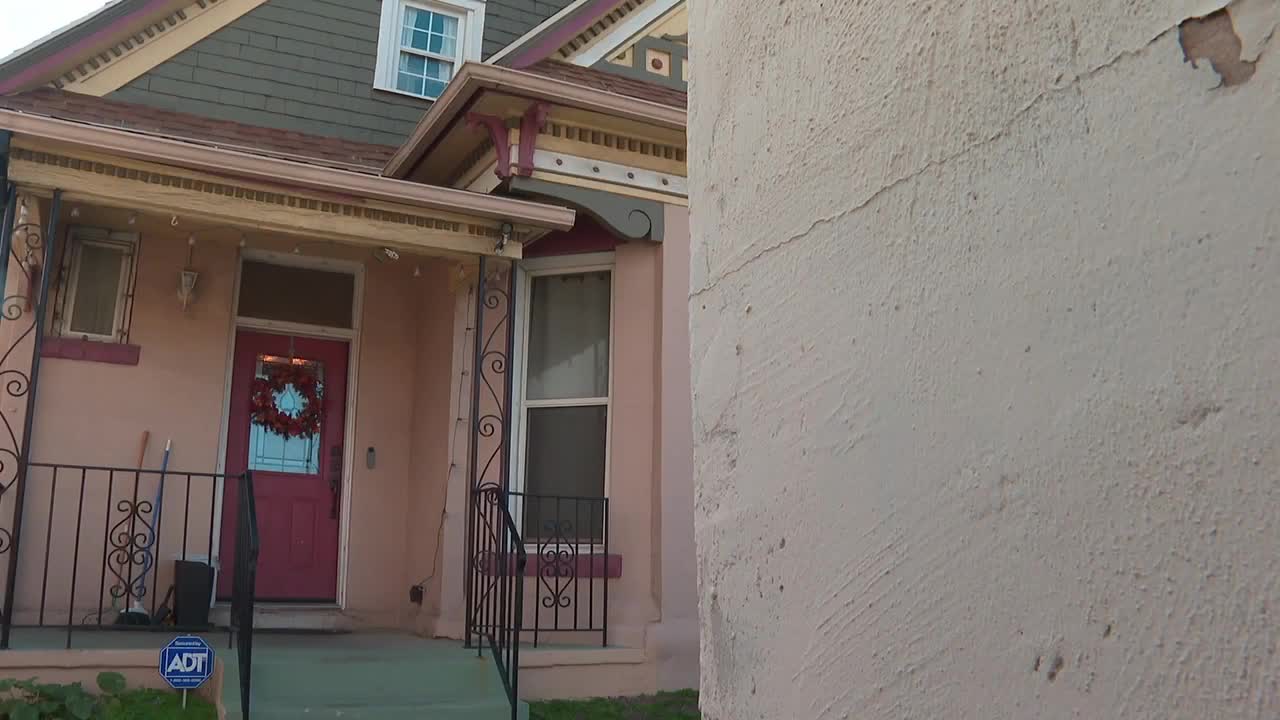SALT LAKE CITY — Salt Lake City's history became deeper this week when the Paul Cephus Howell House became the first property with significant African American history in Utah to be protected by a preservation easement.
Tiffany Taylor is the home's owner and, like her mom, has kind of been a collector of hidden treasures herself. Her favorite is in the walls that surround her in the Central City neighborhood.
A friend of mine, he was a realtor, said, 'You’ve got to see this house.' I came in to look at it, and I fell in love with it," she shared Friday. "I always wondered about the history, and Rachel Quist, who does historic blogs on all the history around Salt Lake buildings and houses, did a blog on my house. So, I got in touch with her, and that’s how I found out about Paul Cephus Howell.”
Howell and his family left their mark on Salt Lake City.
“He lived in this house for about 15 years. He was the first African American detective on the Salt Lake City Police Department," explained Robert Burch, founder of the Sema Hadithi African American Heritage & Culture Foundation.
Burch said Howell's is one of those stories that a lot of people don’t know the origins of, even though he was one of the center figures of the community. Now, Burch works to protect houses just like Howell's.
“What happens a lot of the time is that the past is forgotten. We remember the past a lot of the time by the buildings that we sit in. And that's why this building is significant to this community. Because we can remember what Central City looked like," Burch said.
Moving forward, the Central City house will always be protected by the preservation easement, which is an agreement made by a property owner and a qualified preservation organization that permanently protects properties with historic significance.
"I just signed a couple days ago for the easement, so this house will never be torn down, and even if I sell it, whatever, when I’m gone, it still can't be torn down because it is an amazing piece of black history. And Utah has a lot of black history that should be brought out,” said Taylor.
The home is more than just a neighborhood charm. It's a piece of history with a foundation that will never change.




